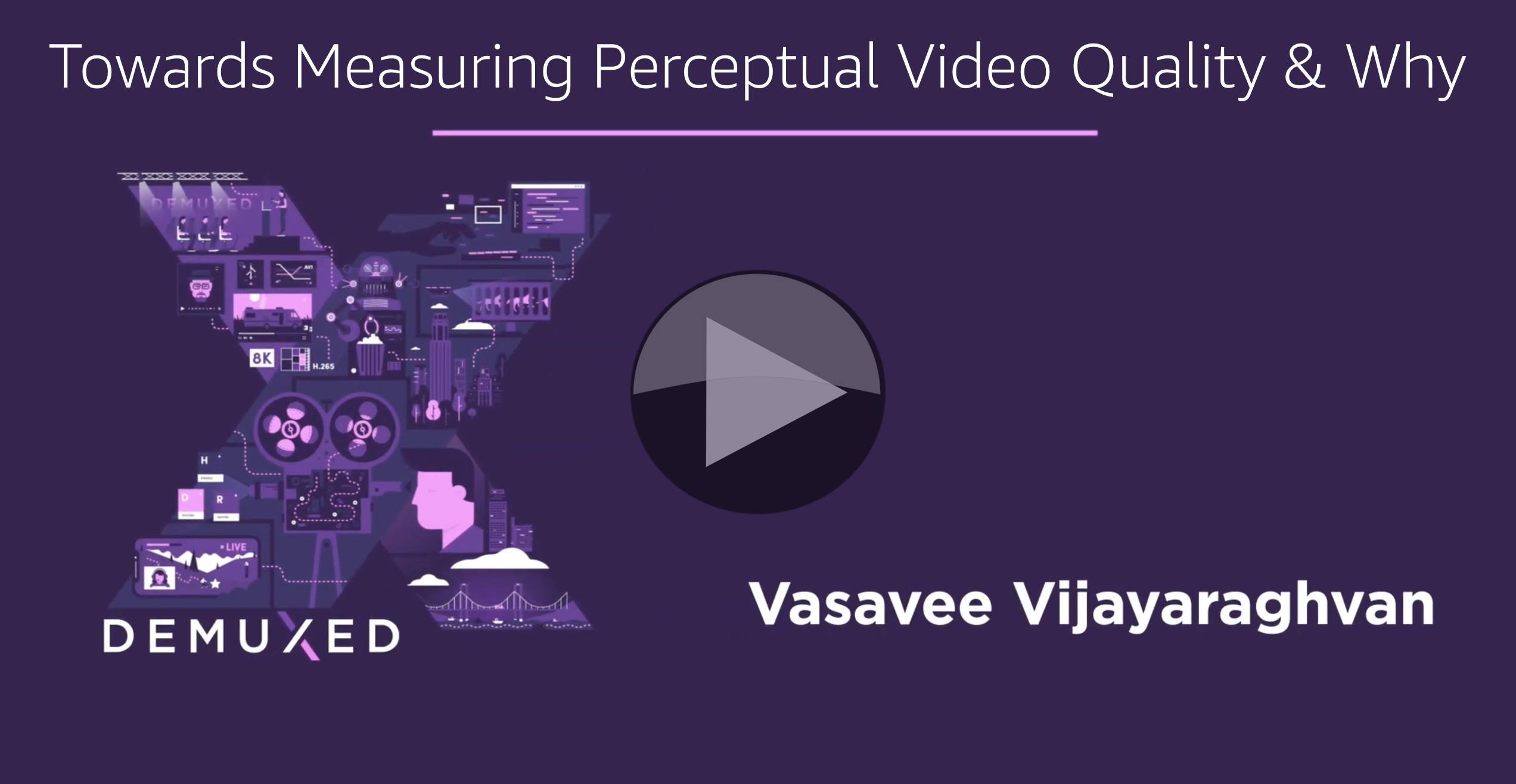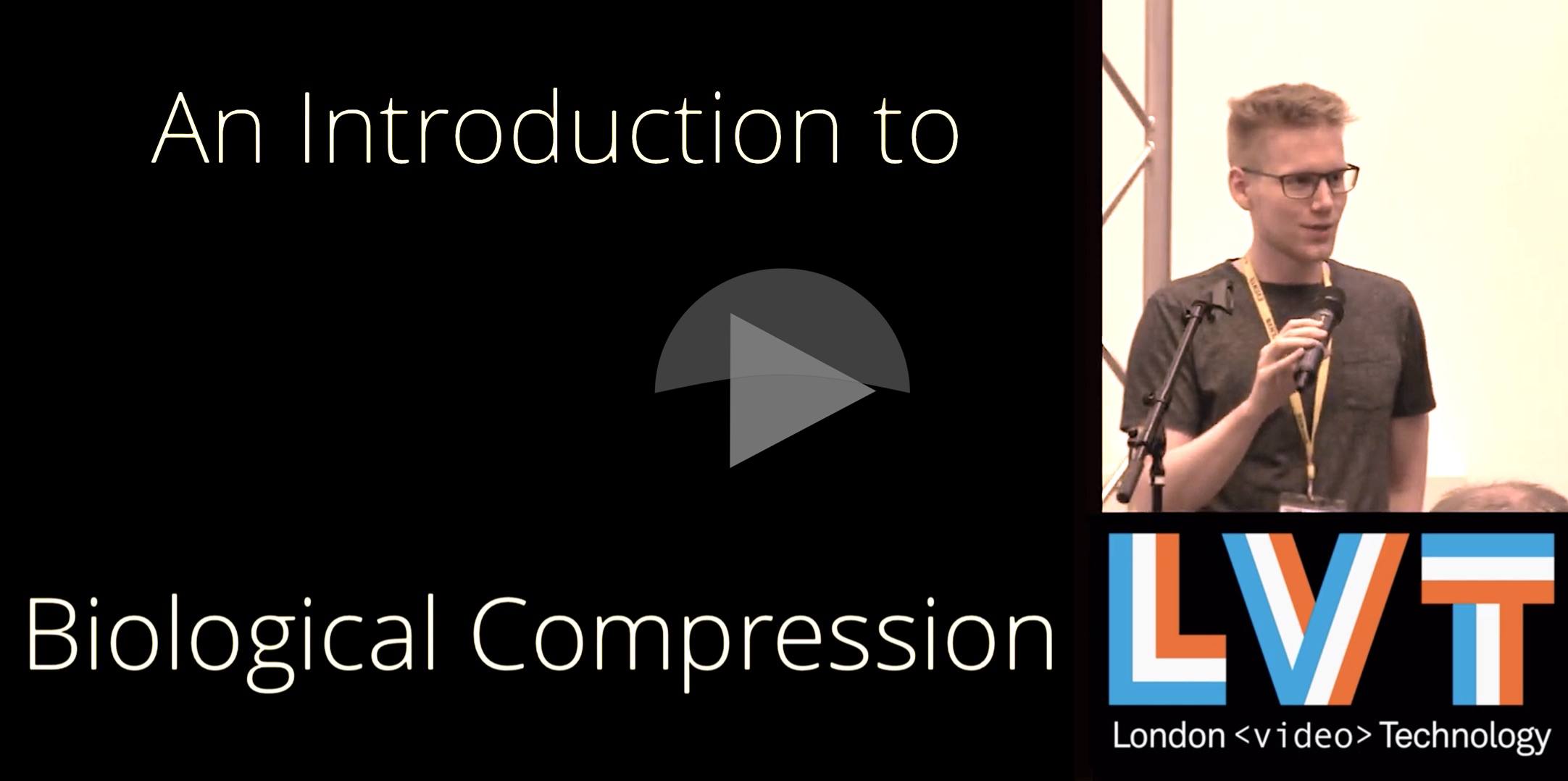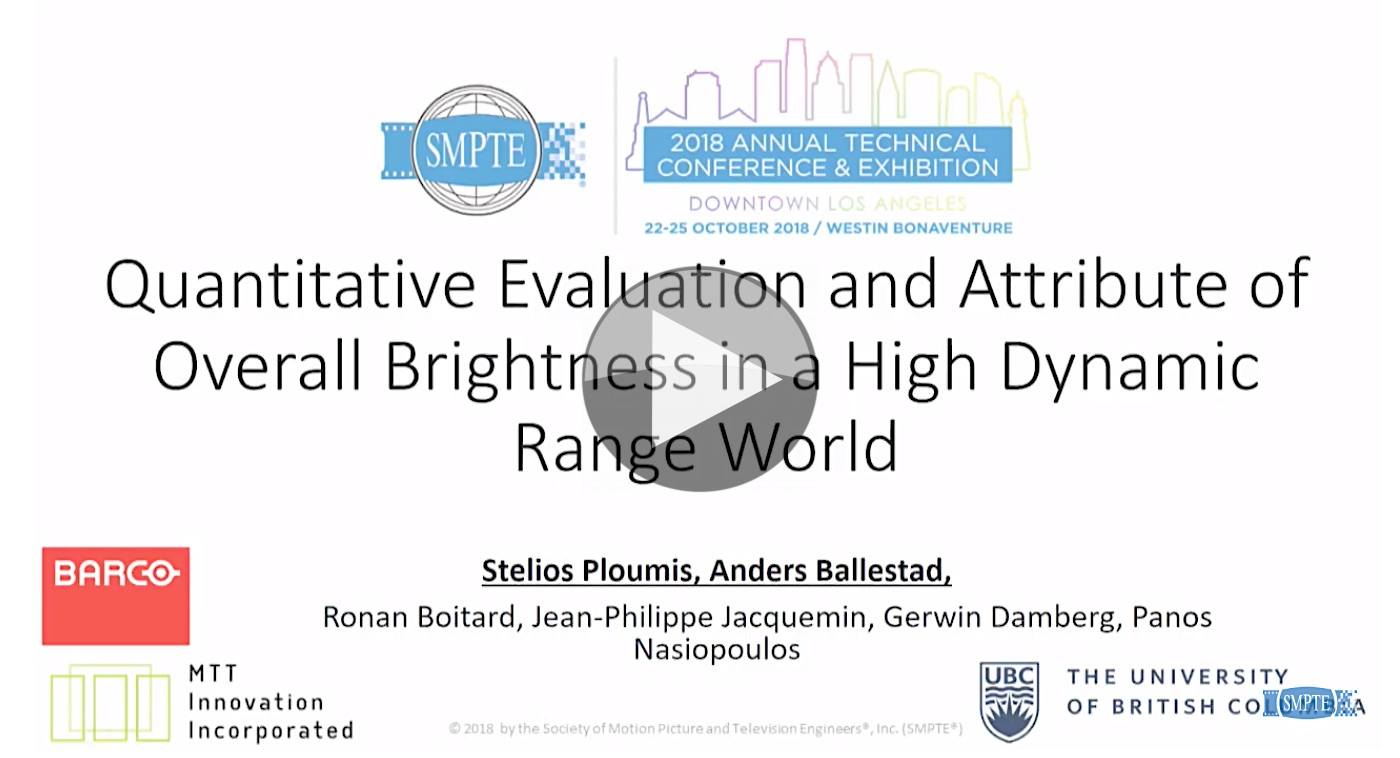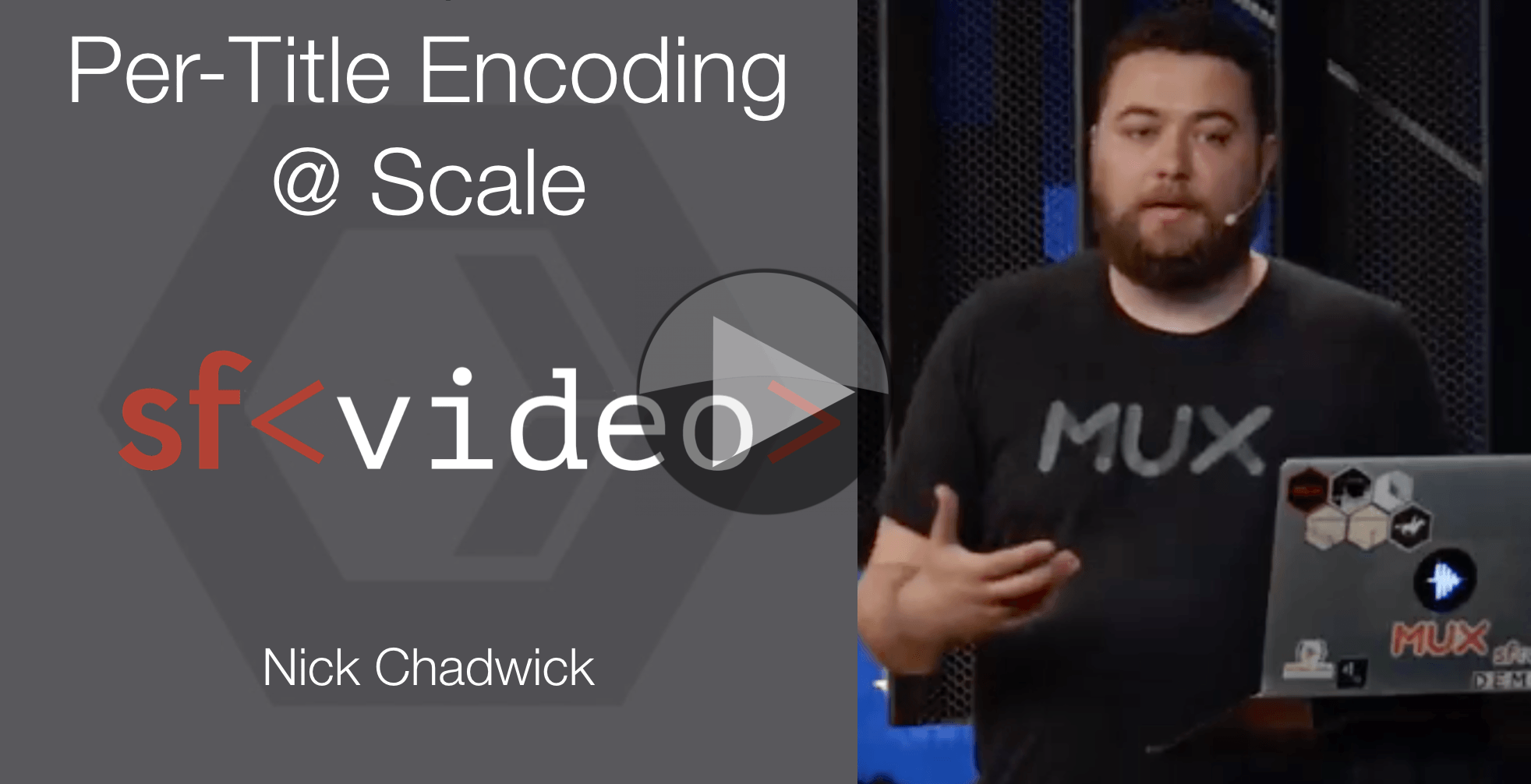
In the ongoing battle to find the minimum bitrate for good looking video, automation is key to achieving this quickly and cheaply. However, metrics like PSNR don’t always give the best answers meaning that eyes are still better the job than silicon.
In this talk from the Demuxed conference, Intel’s Vasavee Vijayaraghavan shows us examples of computer analysis failing to identify lowest bitrate leaving the encoder spending many megabits encoding video so that it looks imperceptibly better. Further more it’s clear that MOS – the Mean Opinion Score – which has a well defined protocol behind it continues to produce the best results, though setting up and co-ordinating takes orders of magnitude more time and money.
Vasavee shows how she’s managed to develop a hybrid workflow which combines metrics and MOS scores to get much of the benefit of computer-generated metrics fed into the manual MOS process. This allows a much more targeted subjective perceptual quality MOS process thereby speeding up the whole process but still getting that human touch where it’s most valuable.
Watch now!
Speaker
 |
Vasavee Vijayaraghavan Cloud Media Solutions Architect, Intel |







